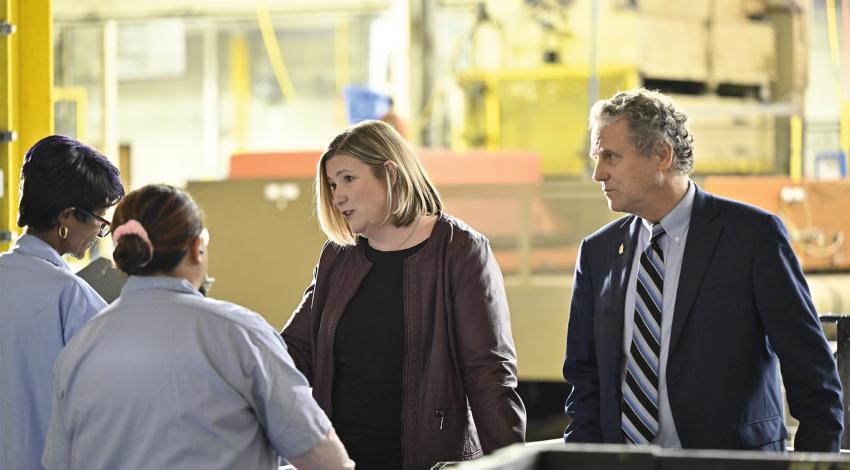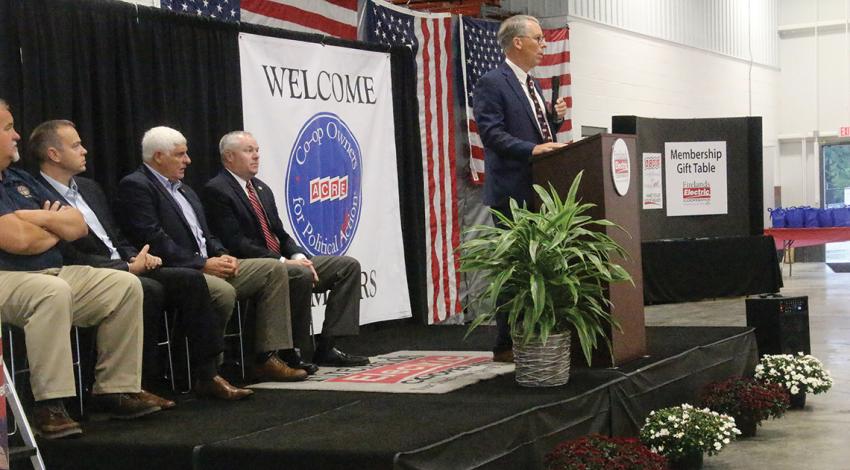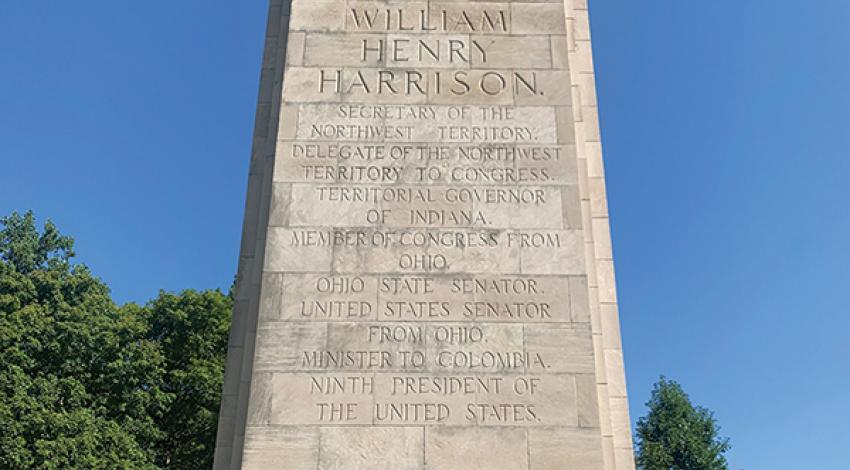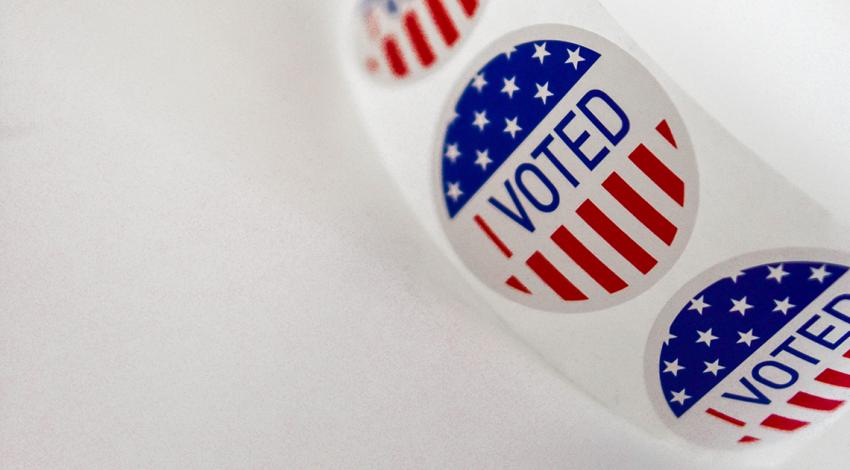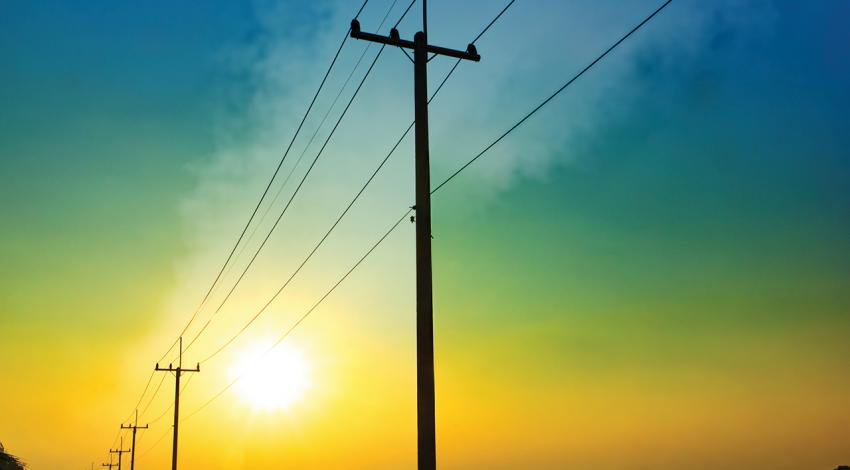Each year, I try to look ahead to the opportunities and challenges that appear to be on the horizon for Ohio’s electric cooperatives. While the topics I’ve highlighted have been important, my views on the future have been overwhelmed by events that “stole the show” in recent years. In 2020, COVID dominated our daily lives, but it was unheard of as I put together my list for that year.
government
More so than ever, public policies — more specifically, government policies — are driving energy prices, choices, and availability. We have experienced a dramatic run-up in the price of every form of energy in less than a year’s time. We continue to witness both actual blackouts and near misses on a more regular basis. Electric cooperatives across the United States and here in Ohio represent less than 10% of the electric industry, but we continue to be among the strongest advocates for reliable, affordable, always-available electricity systems.
Ohioans head to the voting booth Nov. 8 for one of the most consequential midterm elections in recent memory. Among the many significant decisions voters must make is who will lead the state’s executive branch as governor for the next four years.
If elected in November, what will be the issues of highest priority for your administration?
Mike DeWine: We must bring economic prosperity and hope to every part of Ohio. We must improve our economic development efforts in Ohio and focus on every part of the state. To succeed in a tech-focused economy, we are investing substantially in career education, job training, and workforce development. We are closing the digital divide so that all Ohioans have access to high-speed internet services, which will create opportunity for generations.
When Ohio’s electric cooperatives send about 40 high school students on a weeklong Youth Tour trip to Washington, D.C., each year, it’s often a once-in-a-lifetime opportunity for the students to not only tour the nation’s capital from a perspective that not all visitors are
Missy Kidwell, senior service specialist at Consolidated Cooperative in Mount Gilead, is assistant director of Ohio’s Youth Tour program. She had been involved in the process of selecting students to attend the trip for several years before she decided to attend as a chaperone. “Being able to see these students start out as strangers but then cultivate a lifelong friendship by the end of the week was pretty amazing,” she says. “I always knew it was an important experience, but didn’t realize exactly how special it was until I saw it in person.”
Allen Heindel of Celina says he’s not particularly active politically, beyond voting for issues and candidates that represent his views.
“I feel that Midwest does a nice job keeping us informed about what’s happening legislatively and how those things might affect the cost of electricity,” says Heindel, an engineer with Crown Equipment Corporation in New Bremen. “It just makes sense for electric cooperative members to have a voice in the legislative arena, because these are things that affect us every day.”
Why is Ohio called the “Mother of Presidents”? Consider this: Since 1776, there have been upward of 500 million Americans; some 12,000 served in Congress, but only 44 have been sworn in as President of the United States.
Since 2020 is a presidential election year and the 100th anniversary of the last time an Ohioan — Warren G. Harding in 1920 — won the White House, it’s an especially good time to take stock of the state’s eminent eight. We hereby present a compendium of Ohio presidents that includes destinations where you can learn more about their rare and remarkable lives.
William Henry Harrison
9th President (1841)
Born: 1773, Virginia
Every election is determined by the people who show up.” It’s a platitude that Americans dust off every four years as we prepare to go to the ballot box either to cast a vote for change or to stay the course. Pundits traditionally delight in telling us that this is the most important election in the history of the democratic process. In reality, every election is an essential exercise of democracy that allows our voices to be heard through the ballot we cast.
Kyle Hicks sat at his computer at his Lancaster-area home, the homework assignment for his College Credit Plus course due in a few hours. He knew he was cutting it close.
Like a vast number of people in rural areas of Ohio and the rest of the nation, Hicks and his family have limited access to high-speed internet. The one company that provides broadband service where he lives promises connection speeds “up to 5 megabits per second,” but he says tests on the line show it’s rarely above 1 Mbps. What’s more, service in his area, even at that level, is expensive.
Satellite broadband could be an option but costs even more.
More than we like, the will and whims of government affect your electric cooperative’s costs and operational decisions. Federal and state elected officials and their appointed regulators set laws and rules that govern a range of issues, including regional electric markets, grid access, environmental impacts, employment laws, and taxes and fees, all of which affect the cost and reliability of your electric service. Government relations and advocacy are an essential part of the job of managing an electric cooperative.


